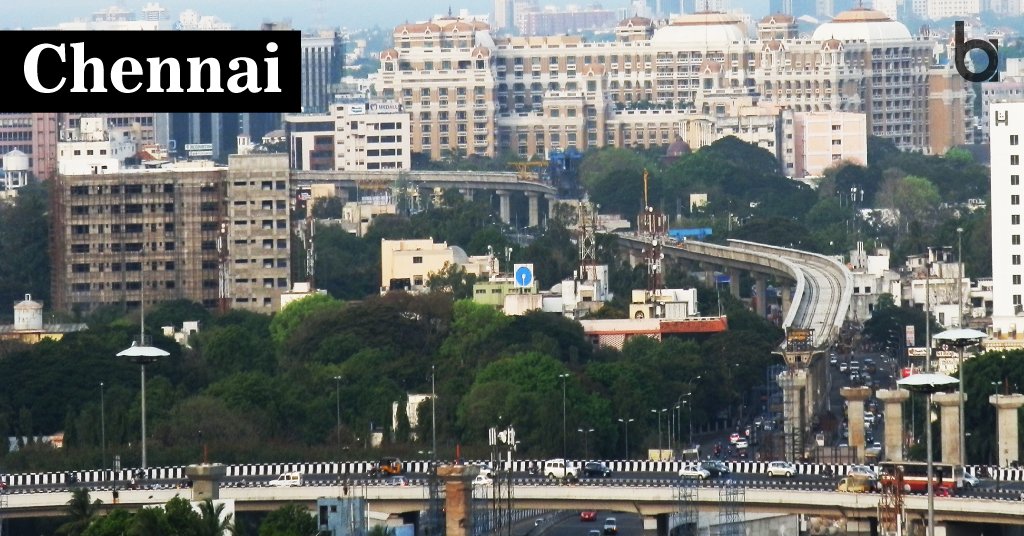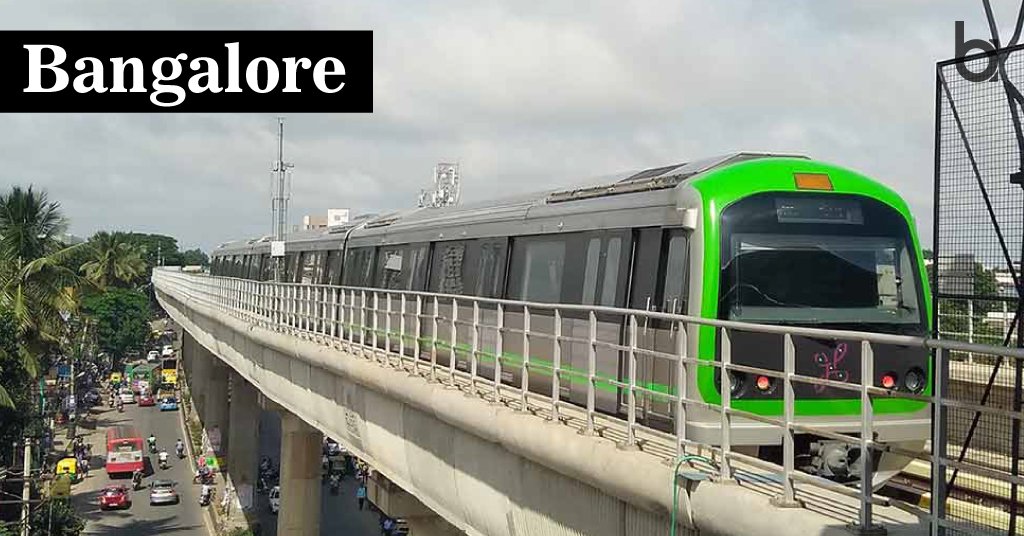Key Takeaways
- Metropolitan cities in India are more than just concrete structures; they are vibrant living entities. Their rich cultural tapestry, whether it’s Kolkata’s Durga Puja or Mumbai’s Ganesh Chaturthi, brings millions together in celebration.
- Transitioning from one point to another, let’s delve into the economic aspect. These cities serve as the engines driving India’s growth. They are hubs of dreams, innovations, and opportunities, bustling with activity from Chennai’s automobile factories to Delhi’s diplomatic circles.
- Yet, amidst the glitz of malls, there’s a stark reality of slums. Bridging this gap is crucial. How can we ensure that prosperity extends to every doorstep?
- Moving forward, we ponder the quest for sustainability. Smart cities, green infrastructure, and digital transformation are the stepping stones. But can we strike a balance between progress and environmental preservation?
Metropolitan cities in India are full of life, new ideas, and big dreams. They are the engine driving the country’s economy, creating jobs, and shaping its future. Spread across India, these cities are home to over 4 million people, with bustling roads and a variety of industries. But what exactly makes a city “metropolitan”? Well, it’s a mix of things like good infrastructure, a strong economy, and plenty of educational and cultural opportunities.
From the north to the south, you will find metropolitan cities all over India. The famous ones are Delhi, Mumbai, Kolkata, Chennai, and Bengaluru, often called the big five. But there are others too, like Hyderabad, Pune, Ahmedabad, and Jaipur. These cities are in key spots, making them important for transportation and business. In this blog, we travel on a whirlwind tour, exploring those fascinating urban giants.
Classifying Metropolitan Cities in India
Several factors contribute to a city’s classification as a metropolitan area:
- Population Density: Metros are teeming with people. Their crowded streets and bustling markets testify to the sheer number of residents. The hustle and bustle create an energy that is both exhilarating and exhausting.
- Infrastructure: Well-connected roads, efficient public transport, and modern amenities define metros. Flyovers, metro rail networks, and state-of-the-art airports keep these cities moving.
- Economic Powerhouses: Metros drive India’s economy. They house corporate headquarters, financial institutions, and multinational companies. The stock exchanges in Mumbai and the IT parks in Bengaluru are prime examples.
- Cultural Melting Pots: Diversity thrives in metros. People from different states, languages, and backgrounds coexist, creating a rich tapestry of traditions, festivals, and cuisines.
Unveiling Urban Marvels: A Journey Through Metropolitan Cities in India
Metropolitan cities in India are powerhouses of culture, commerce, and innovation. Each city boasts a distinct personality, shaped by its rich history and dynamic present.
1. Mumbai: The City of Dreams

- Historical Overview: Once a cluster of fishing villages, Mumbai evolved into a bustling port city during British rule. Today, it stands as India’s financial hub, where Bollywood weaves dreams.
- Cultural Identity: Mumbai welcomes all, from the lunchbox carriers known as dabbawalas to the elite. Additionally, its street food, Ganesh Chaturthi festivities, and the iconic Marine Drive reflect its essence.
- Economic Powerhouse: Finance, entertainment, and technology intersect here. The Bombay Stock Exchange (BSE), Bollywood studios, and tech hubs thrive together.
- Landmarks: The Gateway of India, Chhatrapati Shivaji Terminus, and Elephanta Caves attract visitors.
- Challenges: Mumbai faces overcrowding, traffic congestion, and monsoon floods, testing its resilience.
2. Delhi: Where History Breathes

- Historical Overview: Delhi’s history dates back to ancient times, including the legendary Indraprastha from the Mahabharata. Furthermore, it has seen the rise and fall of empires, leaving behind iconic landmarks like the Qutub Minar, Red Fort, and Humayun’s Tomb.
- Cultural Identity: Delhi is a melting pot of various cultures—Mughal, British, and modern. Hence, the chaos of Chandni Chowk contrasts with the elegance of Lutyens’ Delhi.
- Economic Powerhouse: Delhi thrives with government offices, embassies, and educational institutions. In addition, Connaught Place is bustling with commercial activity.
- Landmarks: India Gate, Lotus Temple, and Akshardham Temple are prominent landmarks.
- Challenges: Delhi faces challenges such as air pollution, traffic congestion, and the preservation of its rich historical heritage.
3. Kolkata: The City of Joy

- Historical Overview: Kolkata, once the capital of British India, evokes a sense of nostalgia. Its essence is defined by Tagore’s poetry, Durga Puja, and the iconic Howrah Bridge.
- Cultural Identity: Kolkata’s coffee houses provide a haven for intellectuals, artists, and poets. The presence of yellow taxis and trams adds to its charm.
- Economic Powerhouse: Kolkata’s economy thrives on jute, tea, and cultural exports. Park Street is alive with music and festivities.
- Landmarks: Victoria Memorial, Belur Math, and College Street Book Market are must-visit spots for bookworms.
- Challenges: Kolkata faces challenges such as urban decay, political instability, and traffic congestion.
4. Chennai: Gateway to South India

- Historical Overview: Chennai’s history is closely connected with the Chola dynasty. Moreover, its heritage is characterized by temples, Carnatic music, and filter coffee.
- Cultural Identity: Chennaiites are drawn to the sunrise at Marina Beach, Bharatanatyam performances, and silk sarees.
- Economic Powerhouse: Chennai flourishes with automobile manufacturing, IT services, and healthcare. The shopping frenzy in T. Nagar is infectious.
- Landmarks: Marina Beach, Kapaleeshwarar Temple, and Fort St. George are worth exploring.
- Challenges: Chennai faces challenges such as water scarcity, cyclones, and infrastructure gaps that need urgent attention.
5. Bangalore: Silicon Valley of India

- Historical Overview: Bangalore’s transformation from a peaceful retirement destination to a bustling tech hub is impressive. Moreover, the legacy of Tipu Sultan blends with the excitement of startups.
- Cultural Identity: Brewpubs, tech parks, and tree-lined streets characterize Bangalore. The city has nurtured Kannada literature and classical music.
- Economic Powerhouse: Bangalore hosts IT giants, biotech firms, and startups. However, Cubbon Park provides a peaceful retreat amidst the hustle.
- Landmarks: Lalbagh Botanical Garden, Vidhana Soudha, and Nandi Hills are attractions for visitors.
- Challenges: Bangalore grapples with traffic congestion, housing issues, and loss of green spaces that require immediate attention.
The Two Sides of the Coin: Exploring the Impact of Metropolitan Cities in India
Metropolitan cities in India are major drivers of progress, fueling economic growth and shaping the country’s future. However, their impact extends beyond just financial power, bringing both positive and negative effects.
Positive Impacts
- Economic Growth: Metropolitan cities in India drive the nation’s GDP, hosting bustling markets and corporate headquarters. The hosts, such as Mumbai’s Dalal Street and Bengaluru’s IT parks, showcase this growth.
- Job Creation: These cities generate employment opportunities across sectors, from software engineers to street vendors. Delhi’s Noida and Chennai’s SIPCOT are key job hubs.
- Innovation Hubs: Metros fosters innovation through research centers and tech startups. Hyderabad’s Genome Valley and Pune’s educational institutions encourage creativity.
- Infrastructure Development: Flyovers, metro networks, and smart cities enhance urban living. Landmarks like Kolkata’s Howrah Bridge and Ahmedabad’s Sabarmati Riverfront redefine city infrastructure.
Negative Impacts
- Urban Poverty: Despite towering skyscrapers, poverty remains a stark reality. Slums and informal settlements shelter marginalized communities. For example, Delhi’s Yamuna Pushta and Mumbai’s Dharavi epitomize this struggle.
- Social Inequality: Luxury malls contrast sharply with beggars on the streets, highlighting the gap between the rich and the poor. Particularly in cities like Bengaluru, tech professionals and homeless individuals share the same sidewalks.
- Environmental Concerns: Metropolitan areas grapple with pollution and noise. Traffic congestion and industrial emissions contribute to environmental degradation. For instance, Chennai’s Marina Beach is battling plastic pollution as green spaces diminish.
- Traffic Congestion: The cacophony of honking horns and bumper-to-bumper traffic is a daily occurrence. Therefore, Mumbai’s local trains and Delhi’s Ring Road are notorious for testing commuters’ patience with congestion.
Gazing into the Crystal Ball: Unraveling the Future of Metropolitan Cities in India
As India rushes towards urbanization, the fate of its metropolitan cities hangs in the balance. The future of metropolitan cities in India unfolds like an intriguing tale, full of possibilities and challenges. However, trends and projects offer a glimpse into what lies ahead, showcasing government initiatives, changing lifestyles, and the constant need for sustainable solutions.
Ongoing Trends and Projections
- Smart City Revolution: The National Smart Cities Mission (NSCM), launched in 2015, sparked a revolution. Cities like Mumbai, Delhi, and Bengaluru are embracing technology to improve governance, transportation, and quality of life. More cities are likely to follow this path.
- Sustainable Infrastructure: Sustainability is the key focus. Cities are incorporating green initiatives like solar-powered streetlights and waste management systems. Indore City stands as a perfect example of a sustainable city in India. The future promises eco-friendly transportation, green buildings, and water conservation efforts.
- Digital Transformation: The Internet of Things (IoT) will play a vital role. Smart grids, real-time traffic management, and citizen-centric apps will transform urban living. Imagine a city where your smartphone seamlessly guides you through daily life.
Government Initiatives and Programs
- Urban Planning Reforms: The government is pushing for reforms to revamp city planning and make it more sustainable. This includes better land use, efficient zoning, and integrated development.
- Smart City Mission: Transitioning to the Smart City Mission (SCM) continues to lead the way. By co-funding infrastructure projects, engaging in public-private partnerships (PPPs), and issuing municipal bonds, it sets an example for other cities to follow.
- Budgetary Allocations: The Union Budget earmarks funds for smart cities. Hence, these investments will drive innovation, create jobs, and improve infrastructure. Stay tuned for updates on budgetary allocations.
Challenges Ahead
With cities overflowing, city planners face challenges managing population growth, housing shortages, and traffic congestion. Urgent action is needed to address affordable housing and improve public transport.
Further, in transitioning to inclusive growth, it’s crucial to ensure that everyone benefits from urban development. Bridging the gap between different socioeconomic groups is essential. Therefore, initiatives like slum rehabilitation, skill development, and promoting social equity are key priorities.
In addition, maintaining environmental balance is vital for sustainable urban growth. Cities must tackle issues such as air pollution, water scarcity, and the loss of green spaces. Striking a balance between development and preserving nature’s well-being is a delicate task.
A Final Glimpse at India’s Metropolitan Marvels
In conclusion, metropolitan cities are vibrant ecosystems where dreams take flight, fortunes are made, and diverse cultures intersect. As India urbanizes, these cities will continue to be engines of progress, shaping the nation’s destiny. Each city resonates with ambition, resilience, and the promise of a better tomorrow.
Their impact extends beyond local boundaries. Metropolitan cities in India drive national economic growth, generate employment, and propel the nation forward. However, challenges like urban poverty, social inequality, and environmental pollution need urgent attention.
Despite this, a future filled with promise awaits. But, finding a balance between progress and sustainability is crucial. Embracing smart city initiatives, preserving green spaces, and promoting equitable development are essential steps.
By addressing challenges while harnessing the positive aspects of urban growth, metropolitan cities in India can emerge as examples of inclusive and sustainable progress.
Hope persists amidst challenges. Inclusive growth strategies prioritize education, skill development, and affordable housing for all. Technological advancements like AI and automation offer opportunities to improve city operations and public services.
Moreover, with a burgeoning youth population brimming with entrepreneurship, the future holds immense potential. However, the future of metropolitan cities in India depends on collective actions taken today.
In short, by embracing sustainability, fostering inclusive growth, and leveraging technology wisely, these urban giants can lead the way toward a brighter future for the entire nation.
A Thought to Ponder
While we admire the cityscapes and navigate through metropolitan cities in India, let’s reflect: What legacy do we wish to pass on to the next generation? How can we create cities that are more inclusive, resilient, and harmonious?
The answer isn’t solely in policies and budgets but in our shared awareness. Let’s construct cities that flourish, pulsate with life, and inspire a legacy that reflects our highest aspirations.
Keep Reading! Keep Growing!
Also read: The Challenges and Opportunities of Smart Cities in India: A SWOT Analysis




















